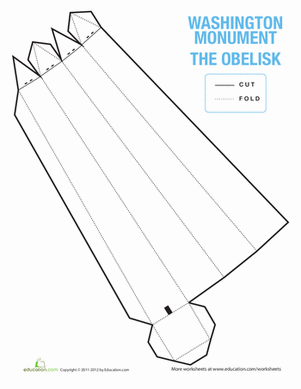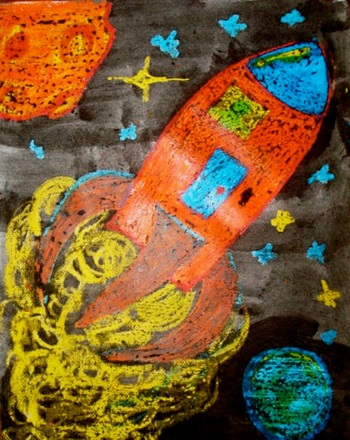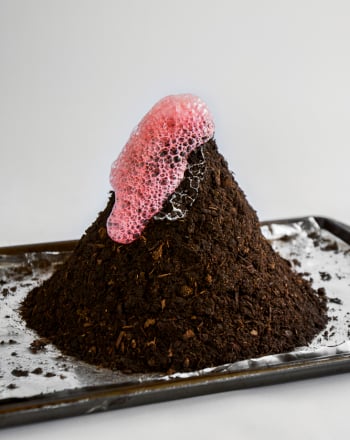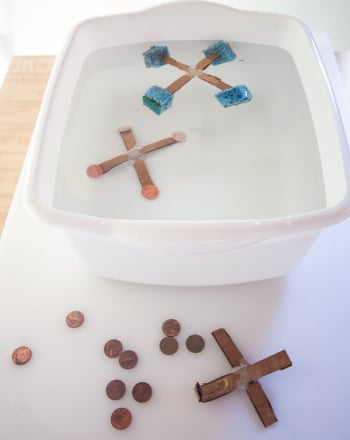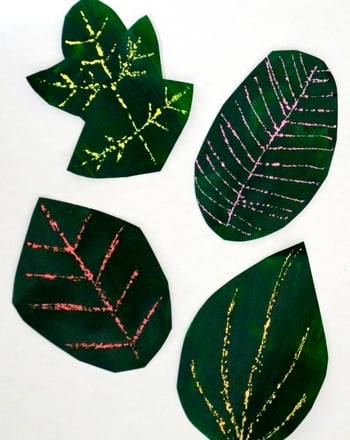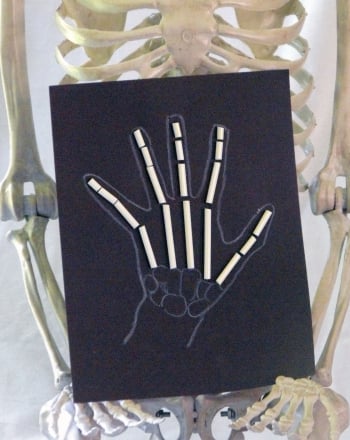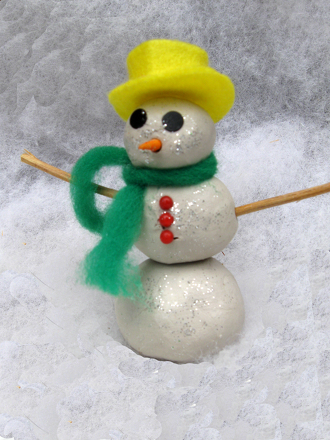Science project
Solar Eclipse Model
That big, glowing ball of light in the sky is pretty amazing. The sun powers life on earth, and it helps us see and helps plants make their food. Sometimes, the paths of the moon and the sun cross and create an eclipse. During an eclipse, it looks like the sun’s light is gone, but it’s actually just behind the moon.
The moon is about a quarter of the size of the earth, so it’s about 2,159.2 miles in diameter. The sun, on the other hand, is much larger— in fact, it’s the biggest object in the solar system, at around 864,938 miles in diameter!
So if the moon is much smaller than the sun, how can the moon cover the sun during an eclipse? Does the moon get bigger, or does the sun get smaller? How does the moon make the sun disappear? Build a solar eclipse model to find out!
Problem
How can the moon cover the sun?
Materials:
- Small apple
- Large handful of clay
- Two pencils
- Notebook
- Pencil
- Lamp
Procedure
- In this experiment, you’ll use an apple as the sun. Place the bottom of the pencil through the base of the apple so that the apple sits on the stick.
- You’ll use a small ball of clay as the moon. Roll a ball of clay that’s about an inch in diameter and stick it on top of the other pencil. Make sure that both your moon and your sun are well secured on top of the pencils.
- Now, place the “sun” pencil into a pile of clay in the middle of a table. Make sure it stands upright. Make sure you’re about eye-level with the apple, and hold the “moon” pencil in your dominant hand.
- Close one eye.
- Move your “moon” pencil from the right of your field of vision until it’s in front of your open eye. Now stop the pencil. Does the moon appear to cover the sun? If so, you’re witnessing a total eclipse.
- Now, move the moon pencil forward toward the sun. Does the moon look bigger or smaller? Does it cover more or less of the sun? Move the pencil back toward your open eye. Does the moon look bigger or smaller? Does it cover more or less of the sun?
- Next, move the moon pencil until it covers all but the very edges of the sun. This is an annular eclipse, and when it happens in real life, you can see a bright ring around the edges of the sun known as the photosphere.
- Place a lamp behind your apple sun.
- Give your moon to a friend and watch her move it in front of her eyes. Watch how the shadow changes on your friend’s face. The middle, darker part of the shadow is called the umbra. The lighter part of the shadow around the umbra’s edge is called the penumbra. During a real eclipse, the sun and moon will look different depending on whether you’re standing under the moon’s umbra or penumbra.
- Make notes about your observations. And yes—you can eat the apple now too!
Results:
As the clay ball (moon) moves closer to your eye, it looks bigger and blocks out more of the larger ball (sun).
Why?
An eclipse happens when something in the sky (in this case, the moon) passes between the earth and the sun, covering the light from the sun. When an eclipse involves the moon, the moon doesn’t get bigger—it only appears to be larger.
Imagine that you see two friends walking down a road. One friend is a block away. The other friend is a few steps in front of you. Your friends are roughly the same height. Which one would look larger? The friend who is a block away looks smaller because he is farther away, and the friend standing close by looks larger, even though he is the same size.
Now, let’s pretend that the friend who’s far away is much bigger than the friend who’s standing a few steps in front of you. Who would look larger now? Yes, it would still be the friend who’s standing in front of you!
This phenomenon is called apparent size, and it happens because the light hitting your eye hits it at a smaller angle when an object is farther away. A 6-foot tall person standing 8 feet away from you looks like he is around the same size as a 3-foot tall person standing 4 feet away from you.
Think of that tall person as being a lot like the sun, which is very away from the earth (about 93 million miles away, to be precise!). The moon, on the other hand, is only 238,900 miles away. Since the moon is so much closer to us, it looks like it covers the sun, even though the sun is far larger.
Here’s another important thing to know: the moon doesn’t orbit in a perfect circle. Instead, it travels in a path that looks more like an ellipse, or an oval. This means that sometimes the moon looks like it’s smaller on certain days because it’s actually farther away from us, leading to different types of eclipses (total and annular).
Education.com provides the Science Fair Project Ideas for informational purposes only. Education.com does not make any guarantee or representation regarding the Science Fair Project Ideas and is not responsible or liable for any loss or damage, directly or indirectly, caused by your use of such information. By accessing the Science Fair Project Ideas, you waive and renounce any claims against Education.com that arise thereof. In addition, your access to Education.com's website and Science Fair Project Ideas is covered by Education.com's Privacy Policy and site Terms of Use, which include limitations on Education.com's liability.
Warning is hereby given that not all Project Ideas are appropriate for all individuals or in all circumstances. Implementation of any Science Project Idea should be undertaken only in appropriate settings and with appropriate parental or other supervision. Reading and following the safety precautions of all materials used in a project is the sole responsibility of each individual. For further information, consult your state's handbook of Science Safety.
